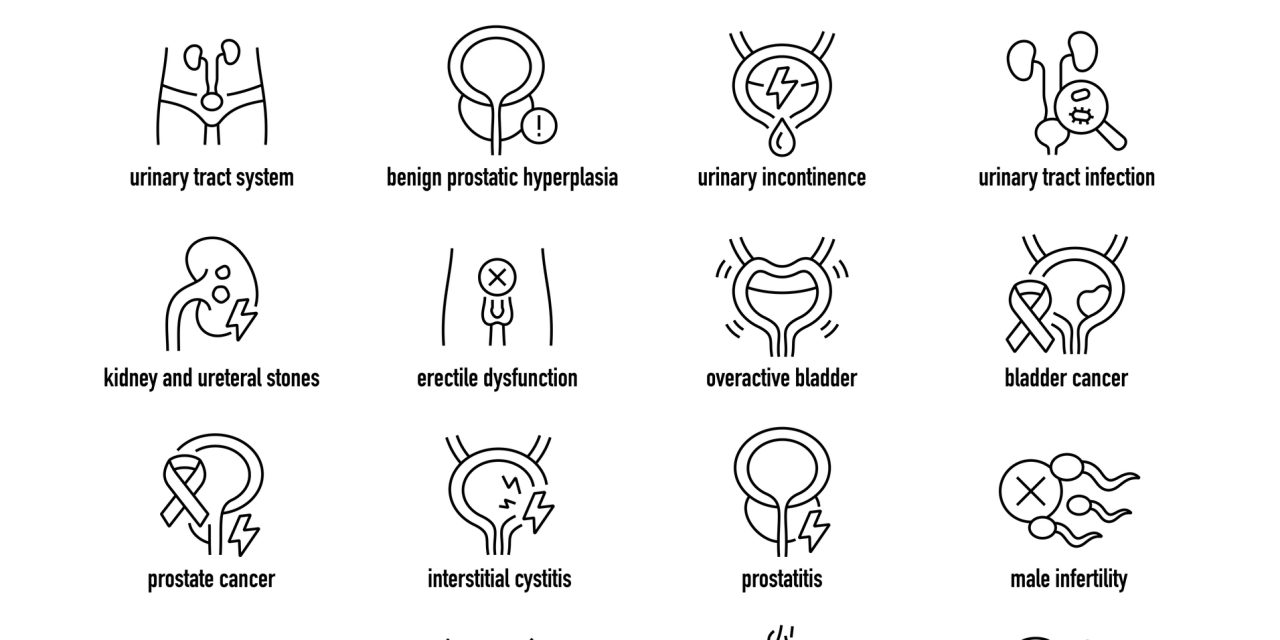Urolithiasis is a common condition across the world, with up to a quarter of patients having numerous stones. The majority of operations performed in this circumstance are staged; nevertheless, there was accumulating data that suggested that bilateral simultaneous (BS) procedures were safe. For conducting a systematic review, researchers studied and assessed the evidence for these techniques. A systematic review was undertaken using Medline, CINAHL, Scopus, EMBASE, the Cochrane library, Clinicaltrials.gov, and Google Scholar for all English-language publications published between January 1996 and January 2018. All studies involving bilateral simultaneous percutaneous nephrolithotomy (BS-PCNL) or bilateral simultaneous ureteroscopy (BS-URS) and ipsilateral URS with contralateral simultaneous PCNL (minimum of 10 patients) were considered. Data on patient and stone demographics, outcomes, stone-free rate (SFR), and degree of evidence were retrieved (using the GRADE assessment tool). Following the discovery of 302 articles in the search, 32 studies (1966 patients) were included in the review. The study included 16 trials with BS-URS (1073 patients), 13 studies with BS-PCNL (750 patients), and 3 studies with URS and concurrent contralateral PCNL (143 patients). Eight of these investigations were comparative in nature, comparing bilateral simultaneous surgery to either a unilateral or staged comparator. The mean operating time, SFR, Clavien I–II, and Clavien greater than or equal to III were 75 minutes, 91%, 22%, and 1.4% for BS-URS; 157 minutes, 92%, 27%, and 6.4% for BS-PCNL; and 151 minutes, 76%, and 5.6% for URS with contralateral PCNL. Although the SFR and complication rates were comparable to staged operations, simultaneous procedures resulted in considerably shorter operational time and hospital stay (P<0.001).
Although there was insufficient data for bilateral simultaneous endourological operations, results from current research demonstrated that outcomes were at least similar to phased procedures. The key benefits appeared to be shorter operational times, lower costs, and shorter hospital stays, which is likely to lead to wider use of these treatments in the future.
Reference:link.springer.com/article/10.1007/s11934-019-0877-5


